Skinamarink
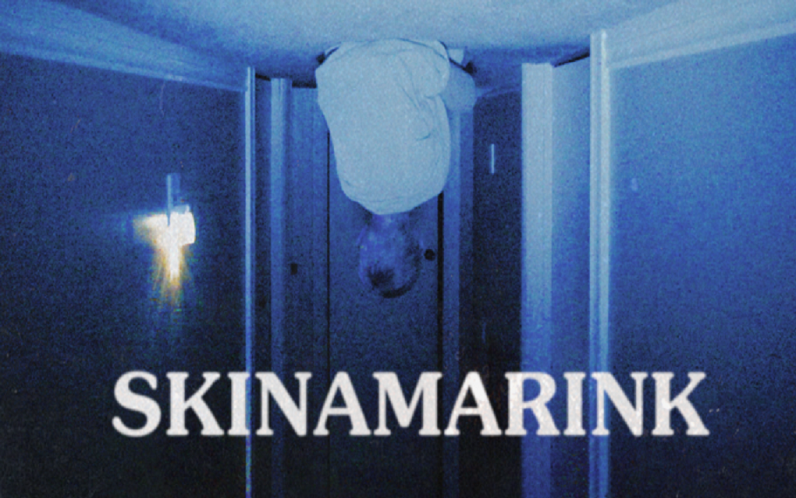
Wow, Sharon, Lois & Bram has really taken a dark turn.
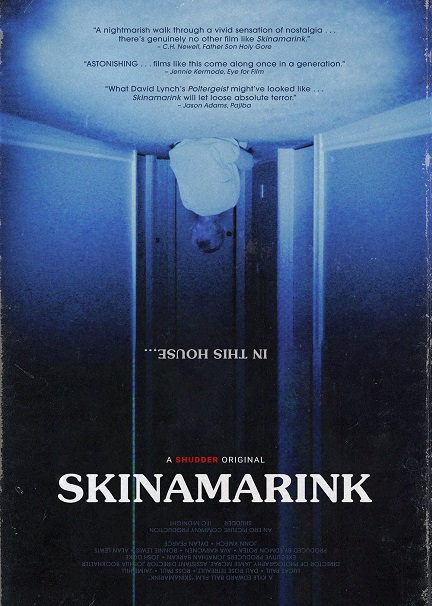
Cast of Characters:
Kevin – Lucas Paul
Kaylee – Dali Rose Tetreault
Dad – Ross Paul
Mom – Jaime Hill
Director – Kyle Edward Ball
Writer – Kyle Edward Ball
Producer – Edmon Rotea, Ava Karvonen, Bonnie Lewis, Alan Lewis, Jonn Kmech & Dylan Pearce
Distributor – IFC Midnight & Shudder
Running Time – 100 minutes
Not Rated
The Rundown: When two young children, Kevin (Lucas Paul) and Kaylee (Dali Rose Tetreault), wake up in the middle of the night, they discover that their dad (Ross Paul) is missing.
It’s okay. He just went out to get milk.
Yet, despite daddy’s absence, there is still someone or something in the house with them, and it’s causing bizarre occurrences to take place. With no one else seemingly there to protect them, the children must face their fears and fend for themselves as they hope for help to come to them.
I mean, maybe the stores are just out of it, and that’s what’s taking him so long.
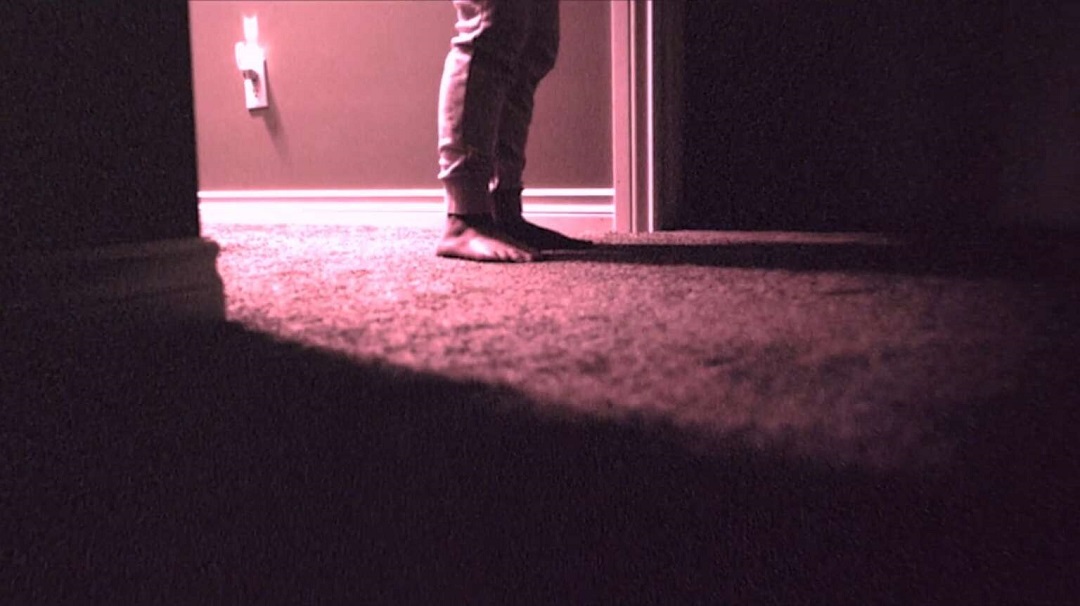
Initial Thoughts: Straight from the mind of YouTuber Kyle Edward Ball, Skinamarink will undoubtedly go down as one of those extremely divisive films that has viewers either raving about its excellence or loathing it as the worst film they’ve ever seen. Love it or hate it, though, the one thing everyone seems to be in agreement on is the impressive feat of a film made for only $15,000 managing to secure a theatrical release.
Inspiration for Skinamarink began on Ball’s YouTube channel Bitesized Nightmares, where he’d post recreations of nightmares submitted by his followers. The most commonly submitted nightmares would ultimately lead to the creation of Skinamarink (the title of which derived from both the song in the 1958 film Cat on a Hot Tin Roof and the popular Sharon, Lois and Bram kids show The Elephant Show), which was preceded by Ball’s 2020 proof of concept short film, Heck. Along with his followers’ submissions, Ball himself recounted that the film was also partly inspired by a nightmare he had as a kid where he was in his house, his parents were missing and there was a monster.
Yeah, you and pretty much every single other child in the history of childhood nightmares.
Due to the film’s limited budget, Ball had to borrow equipment from the local Film and Video Arts Society of Alberta, and not only used his own childhood home in Edmonton, Canada as the film’s primary set, but also used toys his mom had saved as props. Once finished, Skinamarink screened at a number of festivals, but it wasn’t until a technical error at one of the festivals causing the film’s digital file to be pirated that word-of-mouth acclaim started to spread like wildfire all across social media, with one TikTok video going as far as saying the movie is “traumatizing everyone on TikTok”.
While the many viral TikTok rants and tantrums would suggest that “traumatizing everyone on TikTok” is actually not that difficult a feat to pull off, Skinamarink lives up to its pre-theatrical debut hype. Yes, it’s divisive and its experimental vibe will probably piss off more than it pleases, but as an exercise in abstract terror, Ball delivers a tremendously impressive feature debut.
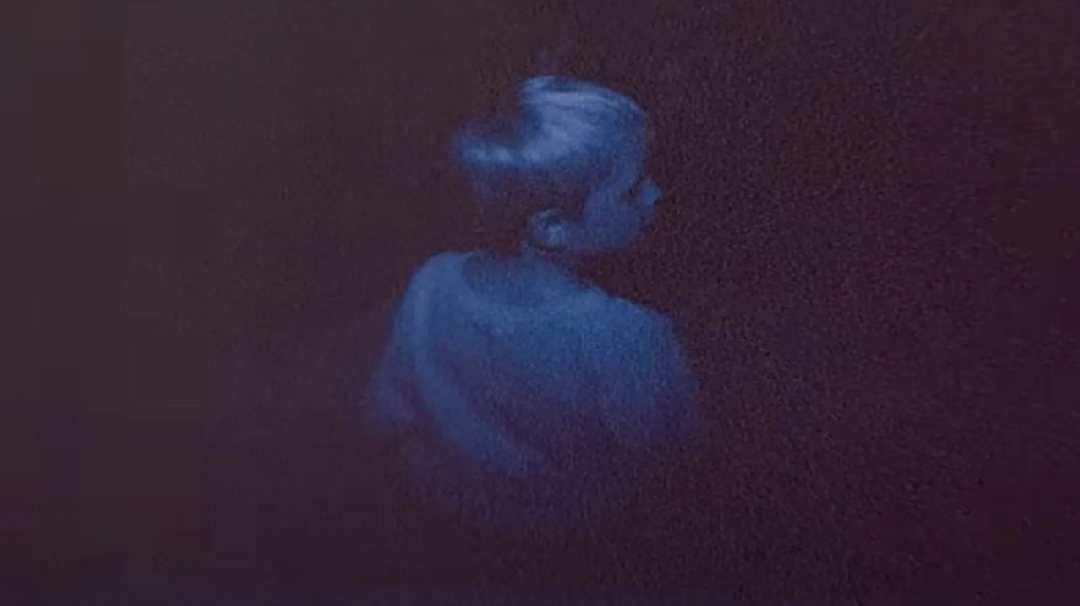
The Good: Skinamarink is, undoubtedly, a film that’s hard to pin down immediately after seeing it, and you have to let it marinate in your mind a little. It’s an experience that will definitely be very frustrating to those expecting a straightforward horror film.
I’m sure this film can be described as many things, but straightforward is most definitely NOT one of them.
There’s no clear-cut narrative here; traditional shot framing is completely abandoned; and the minimalist dialogue is buried so deep under such heavy static and lo-fi sound design that the film actually needs English subtitles for characters that are still speaking English. To say this film is experimental would be an understatement. This film is so experimental it makes even Lynch and Cronenberg horror look like another run-of-the-mill Friday the 13th flick.
But that’s entirely the point. What Ball has done is create an immersive experience that transports us back to our deepest childhood fears. We all remember those times we had as kids when we’d have to make that quick midnight dash to and from the bathroom. The dark always had a way of toying with our imaginations. We couldn’t see that evil at the end of the darkened hallway or inside that next-door blackened room with the entrance open just a crack, but we were certain someone or something was there. It’s that feeling of deep, primal dread we once felt that Ball conjures up so well here, employing extremely unorthodox film techniques to place us in the two, mostly offscreen siblings’ perspectives (particularly with cinematographer Jamie McRae’s many low, “child height” angles) and generate tension through visual discombobulation.
Just like you felt when you were a child, you won’t be certain if you’re actually seeing something through the dark static or if it’s just your eyes playing tricks on you.
In, arguably, the film’s standout set piece, one of the children actually gets the balls to venture upstairs to the parents’ bedroom, and it’s in that moment that we may or may not find clues to what exactly the terror behind Skinamarink may actually be. I won’t spoil all the details for you, but there’s a “look under the bed” sequence that uses slow-panning camerawork to create a sense of terror that is utterly palpable.
As for what Skinamarink is trying to say, that’s a debate that’ll go on for years to come, and I can already picture every film analysis podcast and their brother getting ready to bombard the internet with “Skinamarink Explained” takes like an army of Dollar Generals taking over a small town. Given that this is from the perspective of two young siblings, one clear theme Ball is exploring is a child’s fear of abandonment. Whether that’s through divorce, death or perhaps something a little more nefarious here is up for debate, but the instability a child feels through abandonment is evident here, most notably through the way Ball constantly shifts and distorts the appearance of the home. For a child, nothing seems more world-upending and shattering than losing a parent through divorce or death, and when that occurs, a safe haven such as home may turn foreign and no longer feel safe. Even something as comforting as a Merrie Melodies cartoon, as seen in this film, takes a strange and twisted turn.
Or maybe it is just a demon living in their house and they’re all royally screwed. Who knows?
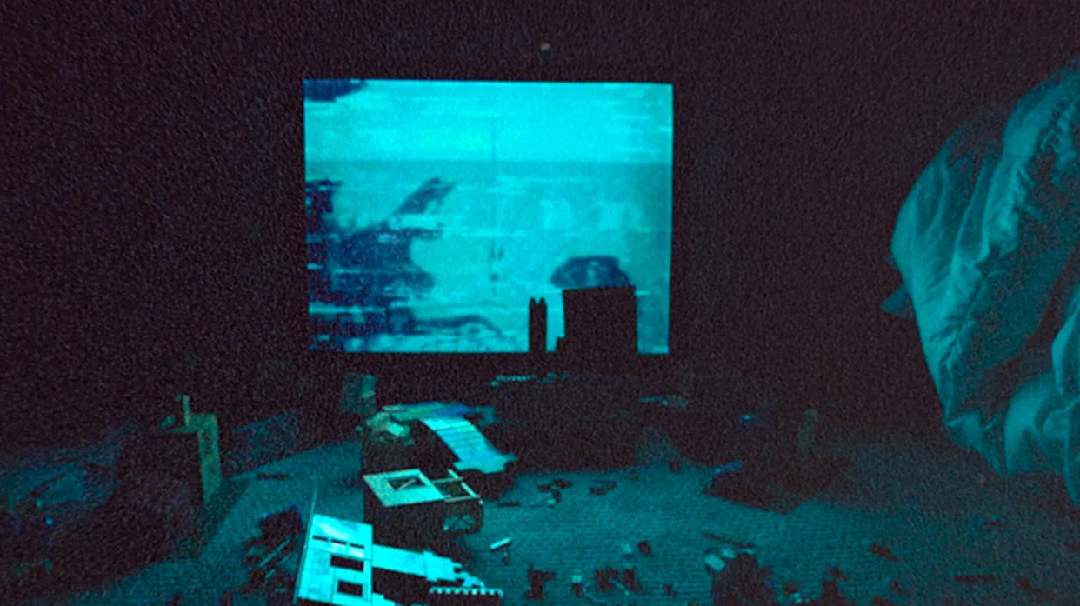
The Bad: Clocking in at 100 minutes, Skinamarink could’ve tightened things up just a bit by trimming the fat, with a handful of the film’s many static shots feeling a little repetitive at times. This is by no means a deal breaker or major detriment to the overall film, but I do, however, feel that there’s a much leaner, excellent 80-90 minute movie within a slightly imperfect yet still impressive 100 minute movie.
For sure, the deliberately slow-burn pace requires much patience, and there’s gonna be a lot of viewers that simply won’t tolerate that. I get that Skinamarink’s legacy will ultimately go down as another one of those divisive “elevated” horror films viewers walk away from thinking it’s either brilliant or the worst film they’ve ever seen. As much I loved this film, I still can’t help but slap a big asterisk on my recommendation that states if you’re more into conventional, mainstream horror, then it’s very safe to say this film is not for you.
The Ugly: With that many Legos strewn across the living room floor, just waiting to be stepped on in the middle of the night, it’s no wonder those kids’ parents abandoned them.
Consensus: Skinamarink will undoubtedly walk away with the title of most “NOT FOR EVERYONE!!” film of the year, but those curious to see a, for better or worse, unique stab at experimental horror will find this eerie journey back to our primal childhood fears, in not all-out scary, truly unnerving.
Silver Screen Fanatic’s Verdict: I give Skinamarink an A- (★★★½).
